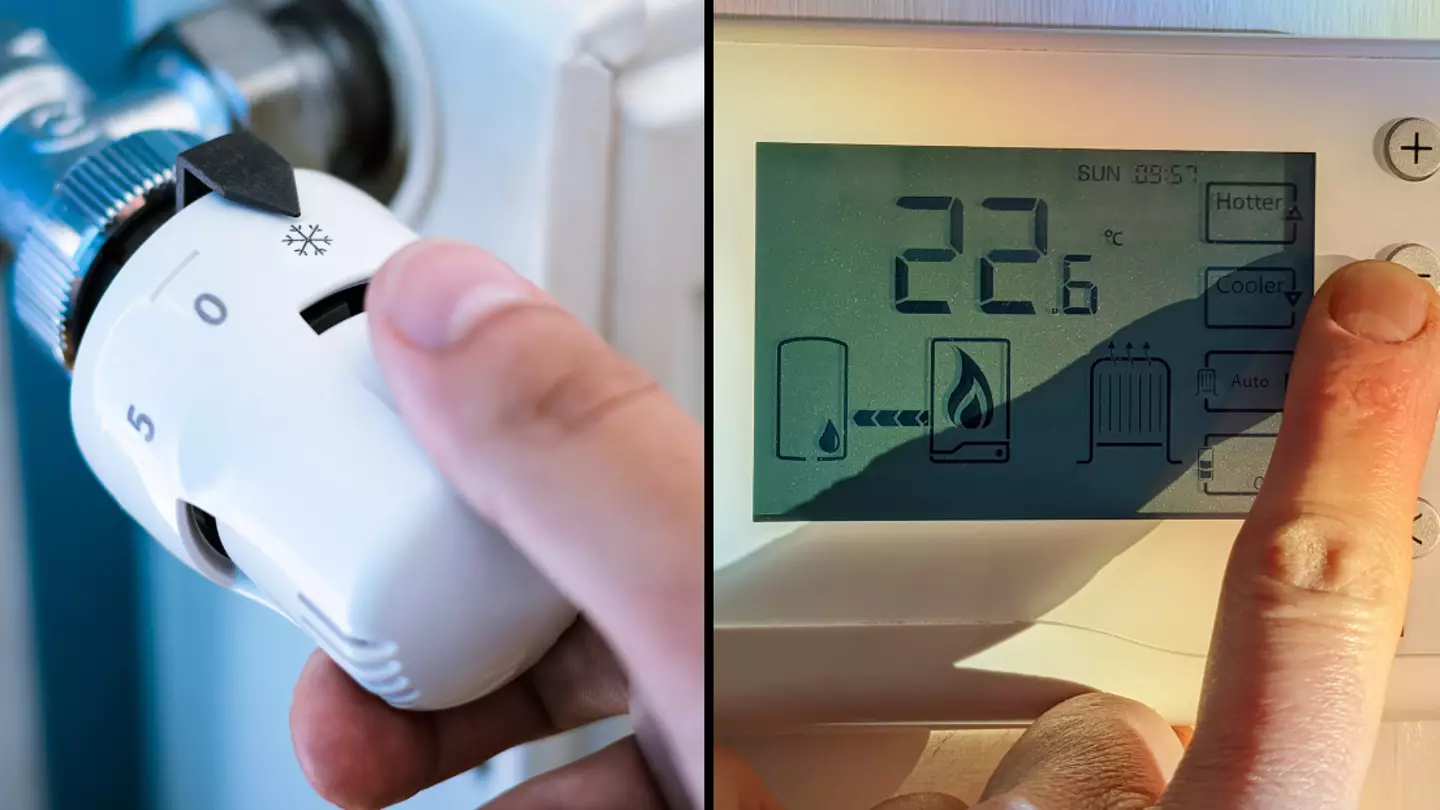
After the spring and summer months, where turning on your heating is somewhat of a rarity, it’s time to get that thermostat set for when the temperatures drop in the dark evenings through to the cold mornings.
But when should we be turning it on? Well, it’s a subject that has divided people for as long as we can remember.
There is no definitive answer, that’s for sure.
And given that bills have just gone up, with energy regulator Ofgem increasing the energy price cap across the UK, it’s a yearly decision many delay.
Over at boiler company BOXT, the team have explained when you should be turning the heating on if you’ve still got it off. It’s not completely simple, but they do give a date, so that is something.
“Autumn is here, and the weather is gradually turning cooler,” Andy Kerr, founder at BOXT, says.

Turn it up (Getty Stock Images)
“With chilly, rainy days filling our weeks, many Brits are starting to feel colder inside their homes, resulting in them contemplating whether to turn their heating on.
“While some might delay putting the heating on to save money, many are turning it on sooner rather than later to combat that chilly feeling.
“For consumers who like to stick to a schedule, we recommend turning on your central heating around the 27th of October, as this is when daylight saving time ends and temperatures begin to fall.”
You might find yourself wanting to turn it on before this date. Well, on a practical level, it all comes down to the temperature and just how low it drops.

Your thermostat should not drop below 18C inside your home (Getty Stock Images)
Kerr adds: “Temperatures can vary from year to year, so switching on your heating in line with the weather is another good way to manage energy costs. A general rule of thumb is to turn your heating on when the average outdoor temperature drops consistently below 15 degrees Celsius to prevent your home from becoming too cold.
“Similarly, you can monitor your home’s internal temperature and turn on the heating when temperatures drop below the ideal temperature of around 18 degrees Celsius.
“With energy bills set to rise this autumn and winter following the October price cap, being energy savvy around your home will be vital to help cut costs.”
Your home should ideally be no less than 18C at all times for your own health, with colder air leaving you more at risk from respiratory infections.
Well, the question has been answered by none other than Martin Lewis and his Money Saving Expert team which is, for many, the oracle when it comes to saving the pennies and pounds.
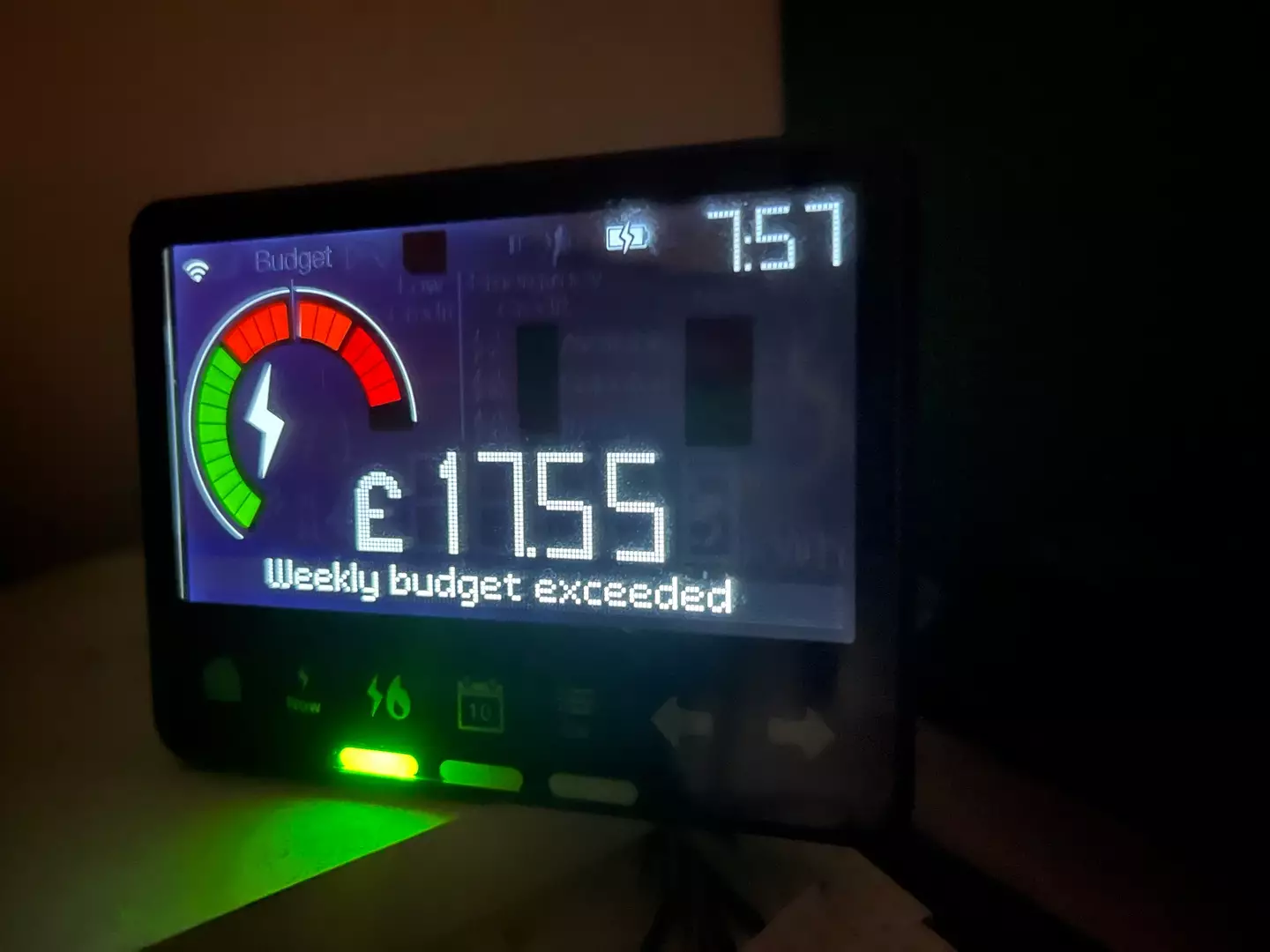
The average energy bill will now be £1,717 a year (Getty Stock Images)
What has happened to energy bills?
As of today (1 October), the UK energy regulator Ofgem has increased the price cap on gas and electric to £1,717 from £1,568. That’s an increase of £149 every year.
The energy price cap limits the amount that a supplier can charge for their default tariff.
That includes something called the ‘standing charge’, which is the daily amount you have to pay for your supply, no matter how much energy you use.
It also relates to price for each unit of electricity and gas you use, measured in pence per kilowatt hours, or p/kWh.
Importantly, if you don’t use your heating much or are looking to use it less, you wont pay anywhere near the price cap. It is a cap, after all, not a mandatory amount.

Which is cheaper? (Getty Stock Images)
Is it cheaper to leave the heating on all day or turn it on when I need it?
Over on the MSE website, Lewis’ team has given their two cents on this age old debate that has gone on for years.
Even for the experts on Lewis’ books, they stress that they ‘wish we could give you a definitive answer but this question is far more complex than it first seems and we’re not heating engineers or physicists’.
Despite this, they have given it their best shot when it comes to keeping as much money in your pocket as possible while not letting your home become an ice box.

The NHS says you should turn your heating on when its 15C and colder outside (Getty Stock Images)
So what is the answer, according to Martin Lewis’ team?
The MSE team explains that what is cheaper will come down to ‘the type of heating system, your usage pattern, and what type of home and insulation you have’.
They say: “The ‘official answer’ – leaving the heating on all day leads to greater heat loss and means higher cost.
“The main UK public body for reducing energy use and carbon emissions is the Energy Saving Trust. Its formal answer is that leaving the heating on all day consumes more fuel, leads to greater heat loss, and that means higher costs.
“The concept is simple: pump heat into your home when you need it; don’t pay to keep pumping it when you don’t.
“It says this is the best way to save energy and money. Using a timer is best, so your thermostat turns your heating on and off to keep your home at the temperature you want.”
When should I turn my heating on?
According to the NHS, there is a specific time you should turn your heating on, and it is all to do with what the temperature outside is.
When temperatures get below 15 degrees Celsius outside, you should turn your central heating on, with the NHS advising this is due to health reasons.
You should make sure your home is no cooler than 18 degrees Celsius and close your windows at night, with cold air leaving you more at risk from respiratory infections.
Okay, so it’s only September right now, but soon it’ll be that time of year where we’ve stepped outside to unexpected bouts of snow and we’re totally unequipped.
Maybe you’ll be at work and when you walk home you’re met with a frosty air that reminds you of an ice rink, and instead of being de-stressed after a long day, you’re running to find anything big and fluffy to wrap around yourself.
Well, if your heating had been put on that morning or set on a timer for before you got home, that wouldn’t be happening.
But as the Energy Price Cap is about to rise, people want to be warm and cost-effective in the UK.
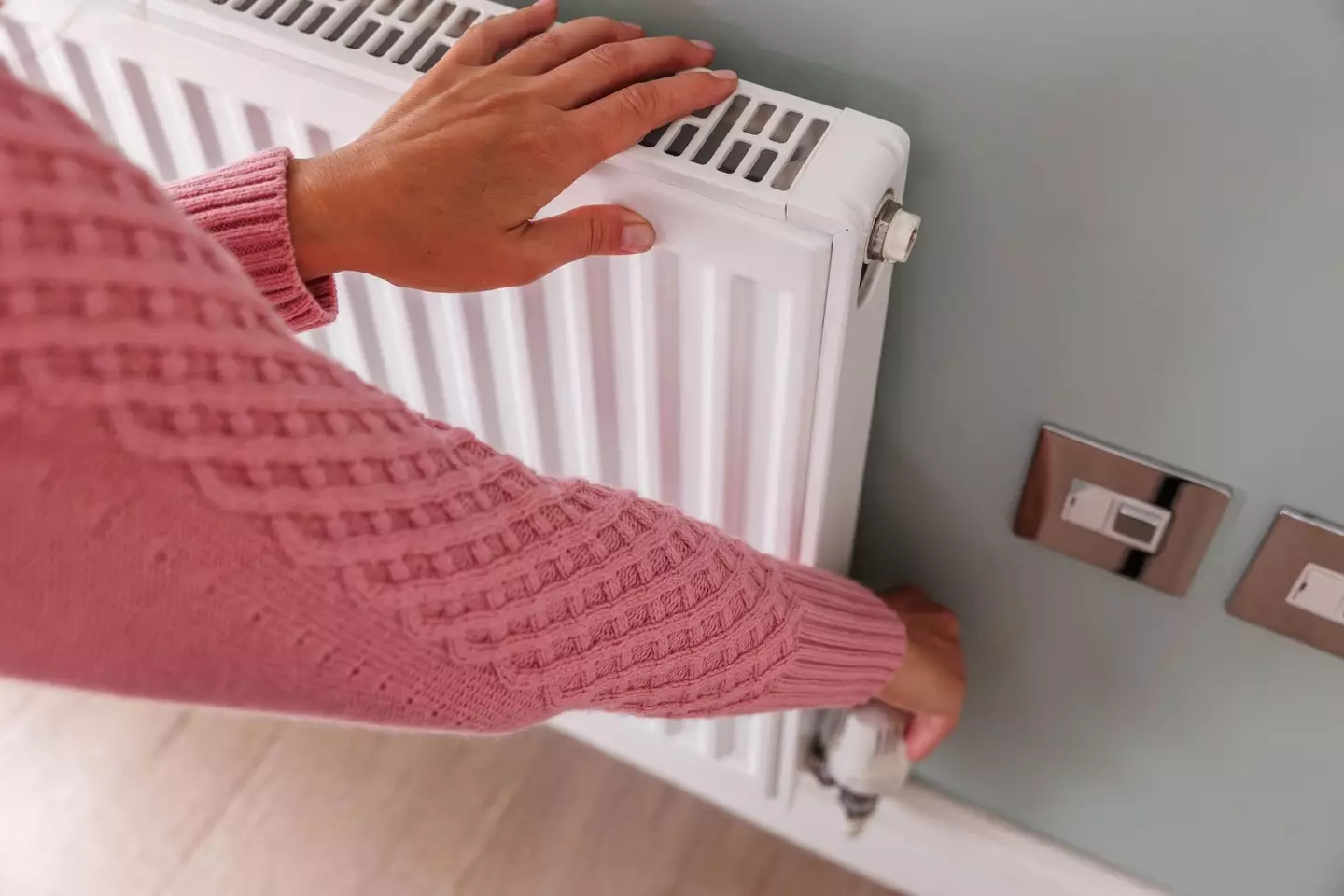
It’ll be cold soon (Getty Stock Image)
You’ve only got until October 1 when the unit rate for electricity will increase to 24.50p per kilowatt-hour, and a standing charge of 60.99p per day.
Gas now has a standing charge of 31.66p per day, which means that you’re going to be paying around £149 extra a year for your bills.
It’ll last from October 1 to December 31 as Ofgem will announce a new cap every three months.
So, being conservative with your heating can be beneficial to your bank.
The Energy Saving Trust has shared that your home is recommended to be heated between 18˚C to 21˚C in winter.
The World Health Organisation also recommends 18˚C for healthy people, so if you notice a dip on your thermostat, it’s time to increase the heat.
The date you should consider popping the heating on is after the clocks go back, on Sunday, October 27, as this tends to be when the temperature shifts to chilly.
British Gas explained that most of their customers turn the heating on during the last week of October, according to MetroUK and assessed that when the nights are from below 9C for a ‘prolonged period’ of time, it’s a good idea to whack it on.
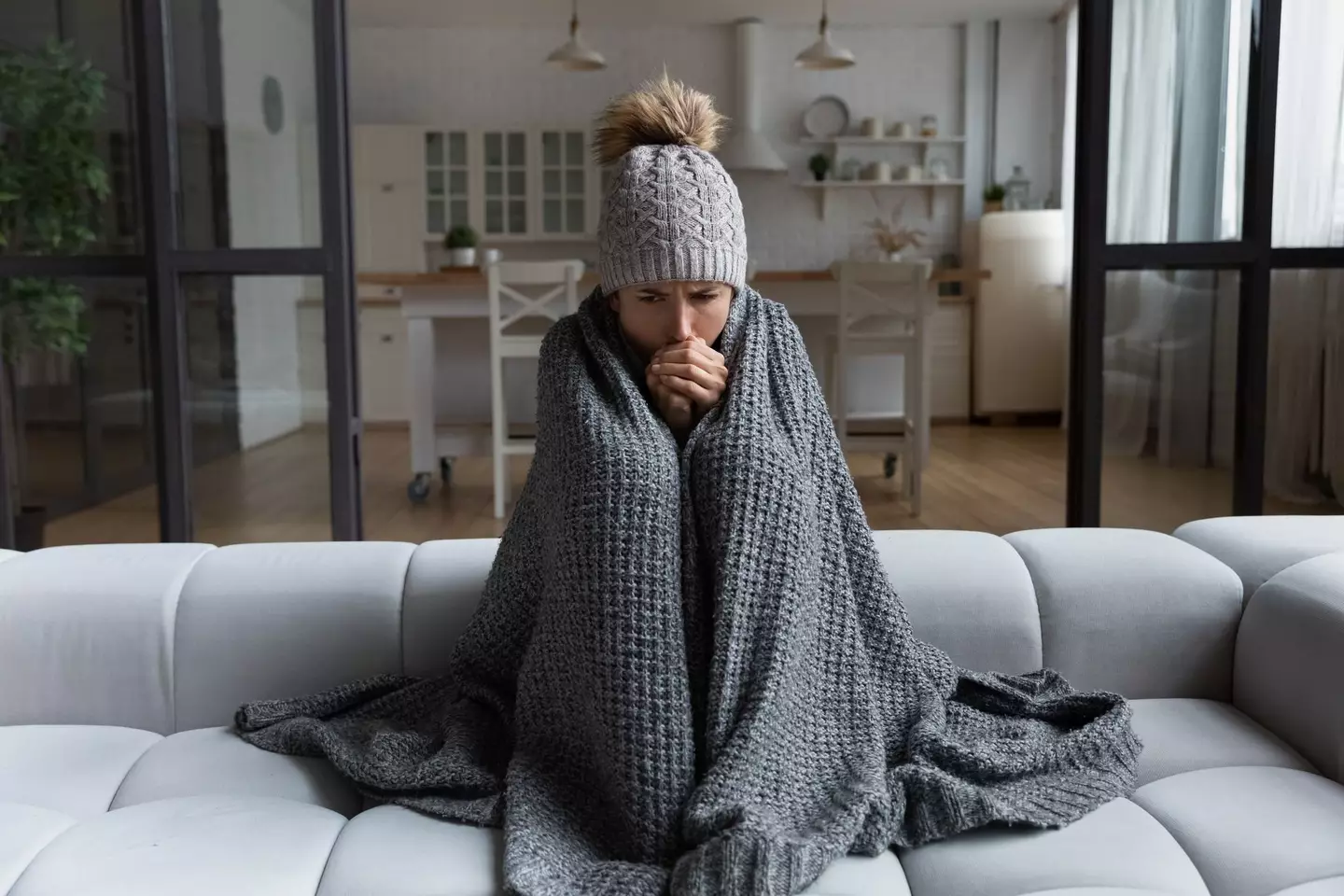
You’ll need to be prepared to keep your house warm (Getty Stock Image)
USwitch’s Natalie Mathie shared to the publication: “When you turn your heating on for the first time on a very cold day, you don’t want to find your system is not working efficiently.
“It may be worth turning your heating on ahead of time to test that your boiler is working properly, and if your radiators have cold spots and need bleeding.
“Consider getting your boiler serviced if you haven’t had one in the past 12 months. If a breakdown happens on a cold day, it may take longer to get a call-out.”
According to the Energy Saving Trust, to keep your home warm in the colder months, you should consider draught-proofing, insulating your pipes, bleeding your radiators, upgrading your boiler and insulating your walls.
It’s so hard to keep warm when the outside temperatures start to drop, so ensuring you follow the recommendations is key.
Loads of Brits are completely unaware of the purpose of the digits, despite the fact they play a very important part in heating your home.
They are known as thermostatic radiator valves (TRVs) and are basically a new and improved version of manual valves.
People often assume that these knobs dictate the temperature of the radiator.
The higher you crank it up, the hotter the radiator will get, right? Sorry to burst your bubble, but that’s wrong.
The explosion of this myth has meant plumbers across the country are constantly plagued by questions about it.
So to relieve some pressure off our beloved pipe fitters, we’re going to break it down for you.
It turns out that TRVs actually relate to the temperature in the room, rather than the temperature of the radiator.
Heating expert, Nicholas Auckland, explained that the fixtures allow you to exercise ‘complete control’ over each area of your home.
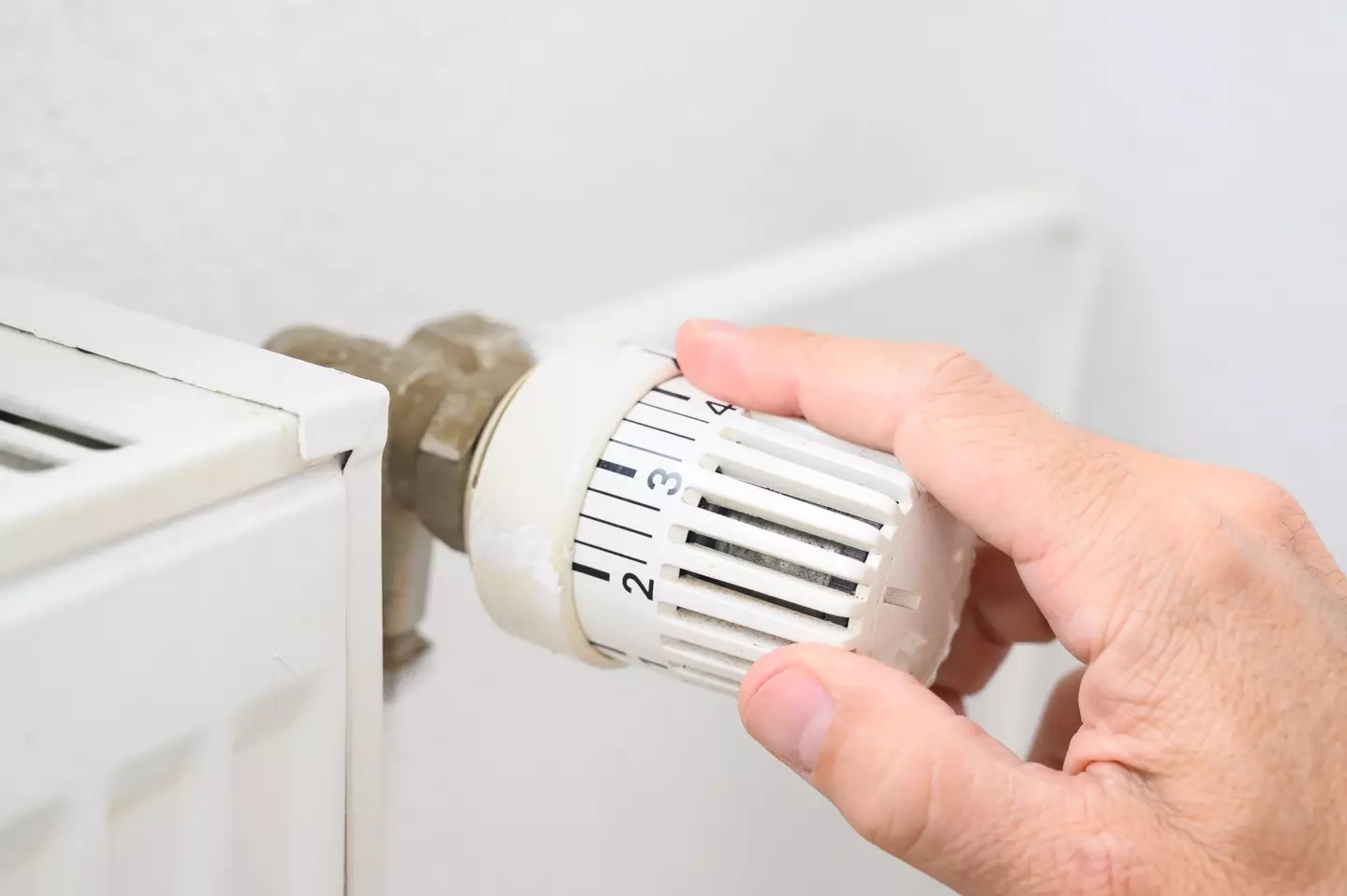
Getty stock image
Basically, TRVs detect the temperature of a room and then decides how much hot water needs to flow into the radiator.
If the room is cold, it will allow more hot water to enter the radiator and when a room is warm, it can restrict the amount of hot water gushing in.
Auckland told The Sun: “A functional TRV will quickly detect the temperature of the room, and then automatically adjust the amount of hot water in the radiator accordingly.”
He recommends setting your TRV to two or three during the winter and advised people not to crank it up to five if the room feels cold, because you ‘never need the room to be that hot’.
The expert said you should let the ‘TRV function on its own to heat the room as needed’.
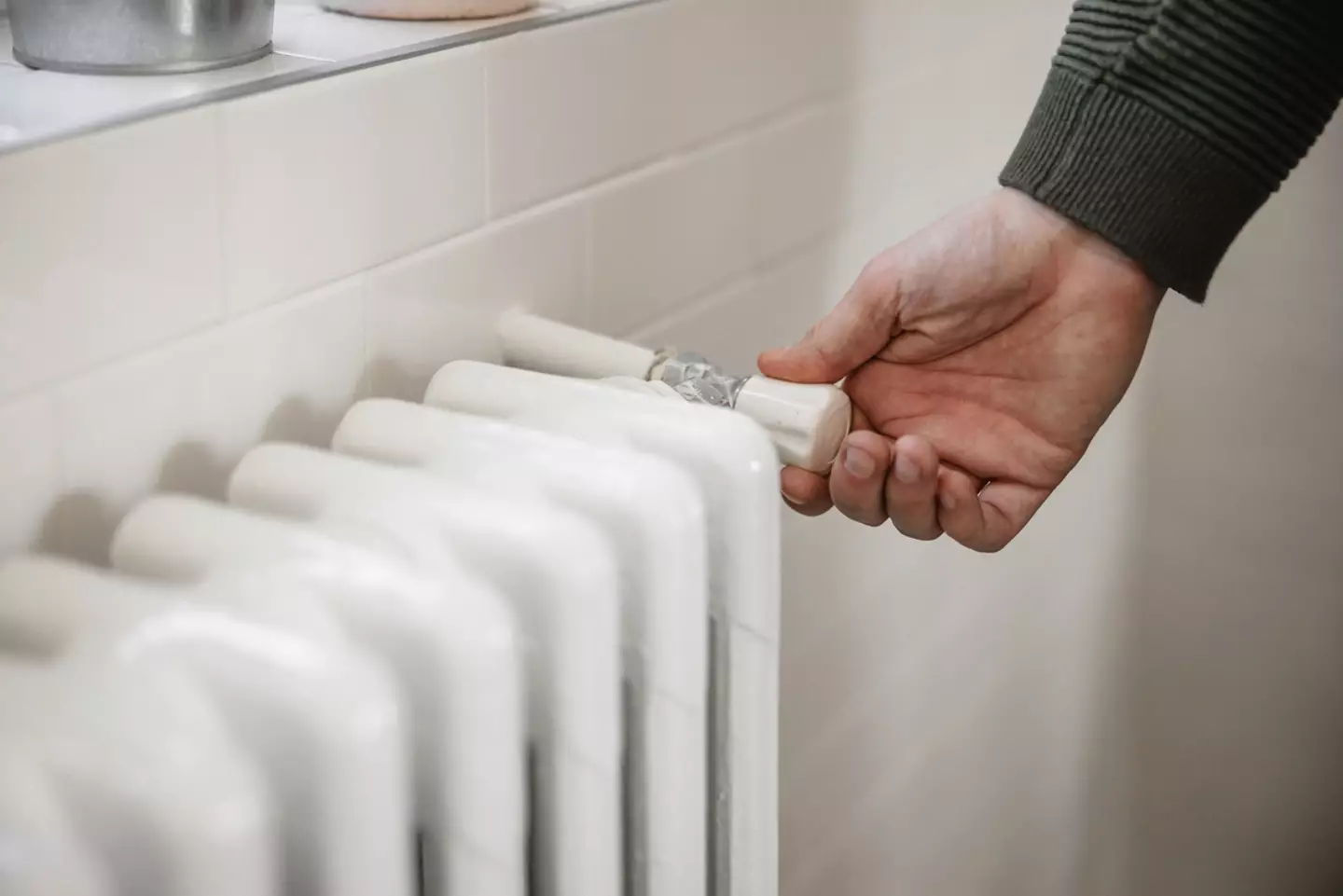
Getty stock image
If you’re not going to be home for a long period of time, Auckland suggested setting the TRV to to the * icon.
This will allow your radiators to turn themselves on for a brief time period and warm up the room if the temperature drops below 7C.
“By installing TRVs, you can save money on your heating bills,” he added.
Instead of blasting the heating at full whack in every room, TRVs give you greater control over how much energy you use.
This obviously saves you a significant amount of cash on bills, which are only continuing to climb.
British Gas says the average household with TRVs fitted can save up to £75 each year. It’s better in your back pocket.
If you’re now thinking of giving your radiator a makeover and get rid of your manual knobs, that’s quick and painless too.
You can typically pick up a thermostatic radiator valve from hardware stores and online from about a fiver. Happy heating!
As the nights draw in and the cold days start to arrive, no-one wants to go home to a cold house, do they?
Well, the good news is that – if you can afford it – most of us can stick on the heating and create ourselves an oasis of warmth in the British winter.
With the prices being as they are, you want to be careful about when to put it on, though.
After all, you don’t want to be costing yourself unnecessary money.
So, with that in mind, an energy expert has provided the date that he tells most people to get their heating back on.
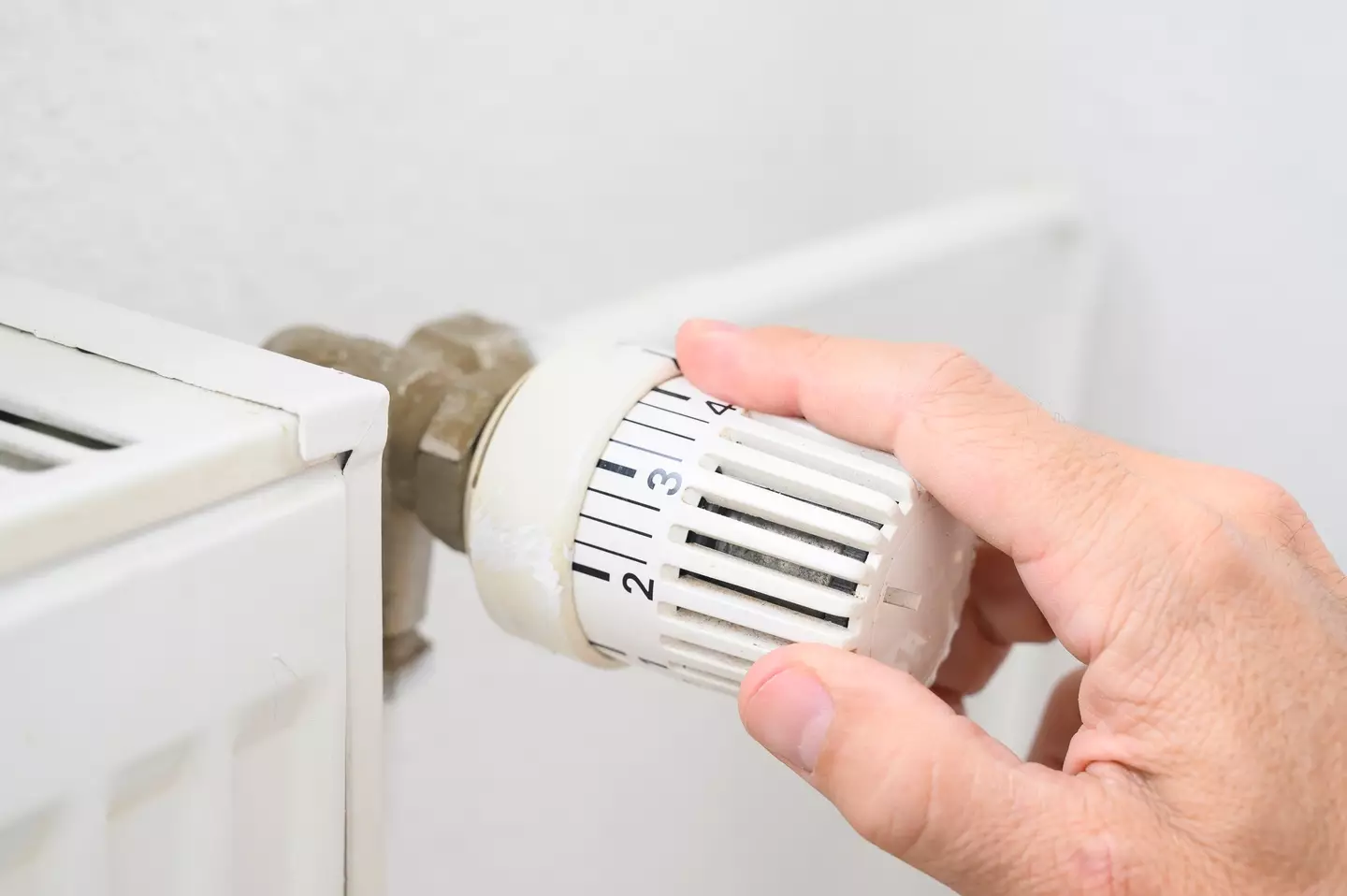
Getty Stock Image
Andy Kerr, who works for BOXT – a leading boiler company – explained how waiting until the hour changes is probably the strategy he’d recommend.
Speaking with the Liverpool Echo, he said: “While some might delay putting the heating on to save money, many are turning it on sooner rather than later to combat that chilly feeling.
“Experts recommend turning on your central heating on around the 29th of October, as this is when daylight saving time ends and temperatures begin to fall.
“We always advise keeping your thermostat at a minimum of 10 degrees to protect your pipes from freezing.
“Frozen pipes not only stop your heating from working properly, but can lead to costly complications, including burst pipes and plumber call-out fees, and it is ideal to ensure your heating system works reliably before the really cold weather arrives.”
And if you are struggling to keep the heating on, Andy also had some tips for keeping the house warmer this winter.
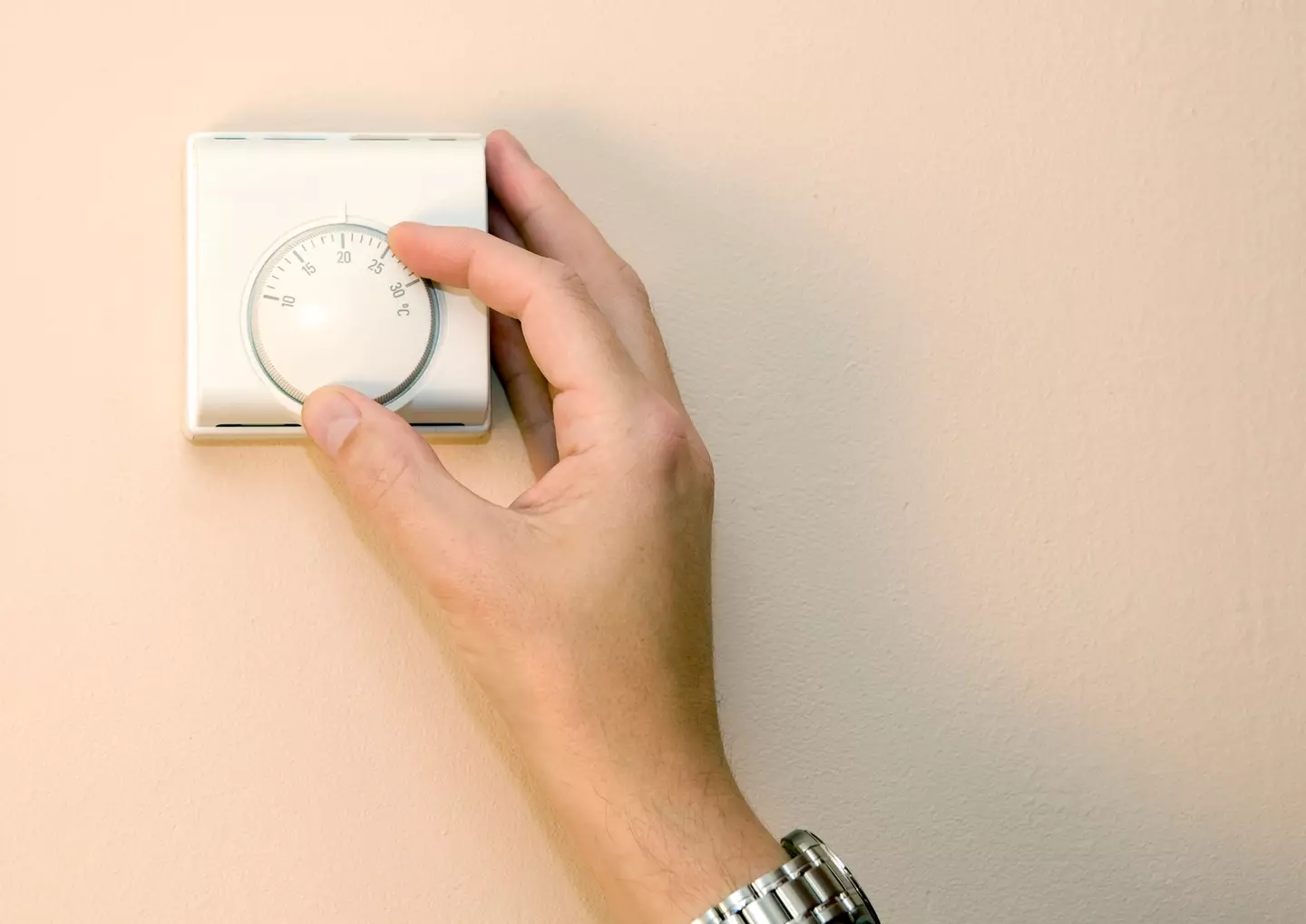
Getty Stock Image
It starts with having the boiler serviced, which – he claims – could save you up to 10 percent on your heating bill.
He also recommends keeping your radiators open and unblocked, positioning furniture a bit away from them.
Contrary to what you might believe, he also suggests that you shouldn’t dry your clothes on the radiator, too.
If that’s an option for you, anyway.


